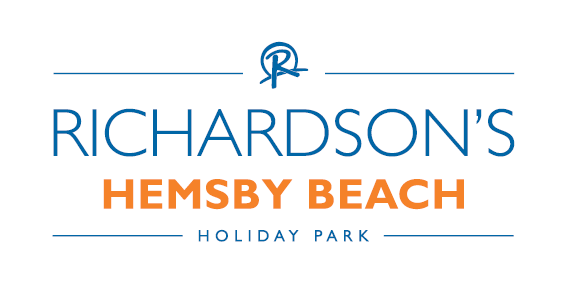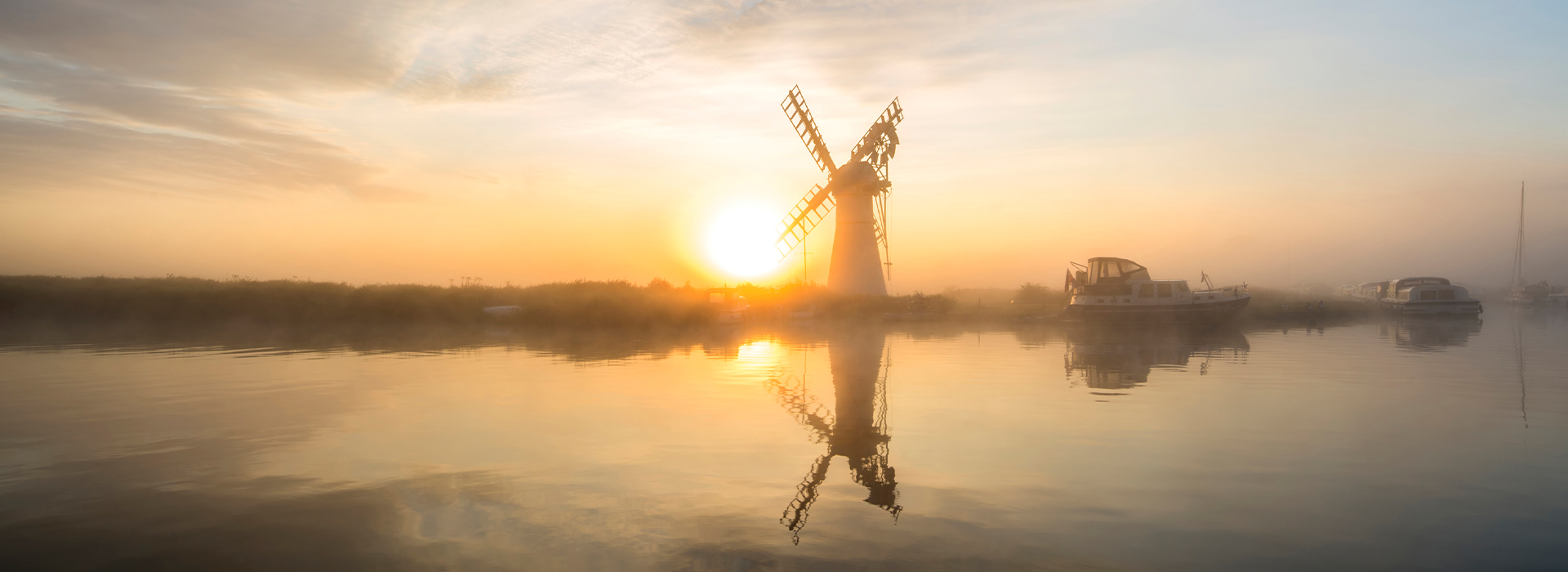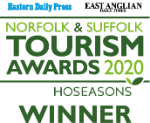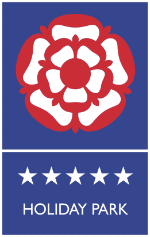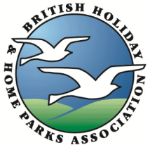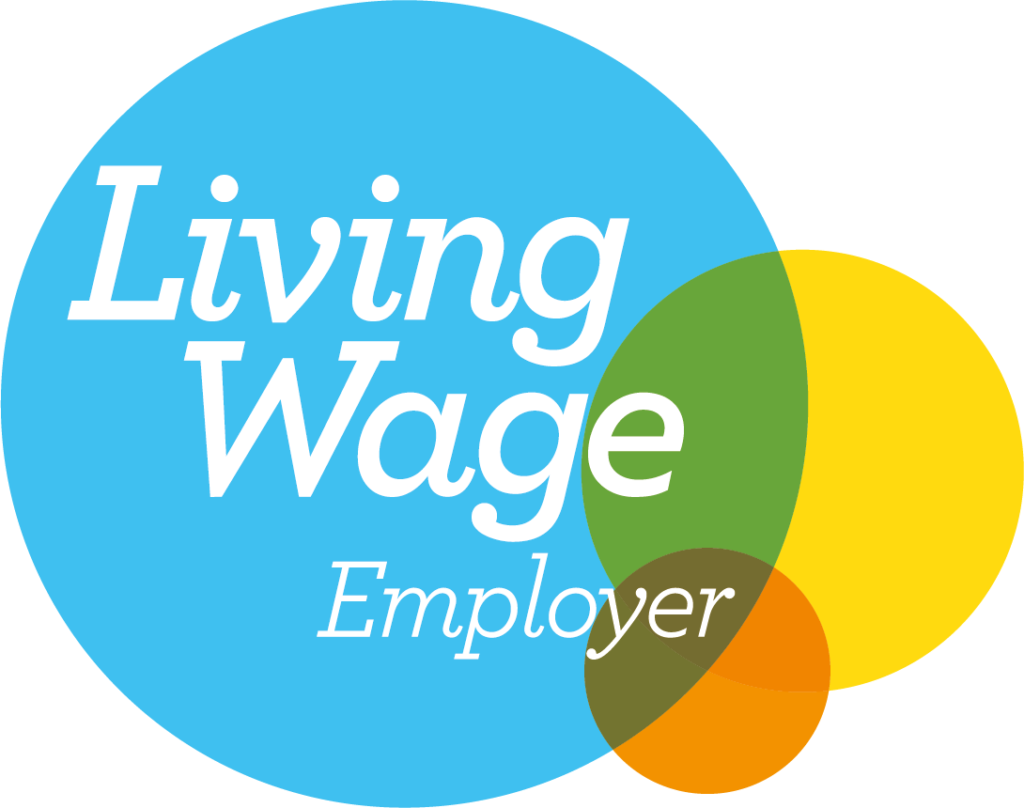The Broads make up more than 70.000 acres of unique landscape, which has entranced visitors and residents for generations. Learn everything you need to know about the history of the Broads here.
The Broads has always been a place where artisans and craftsmen from Norfolk and Suffolk plied their trades – from farming to peat cutting, fishing to transport. This entrepreneurial spirit has shaped the magical waterline into an environment that both holidaymakers and residents still enjoy today.
In the early Middle Ages, the growing population of Norfolk and Suffolk sparked a search for new building materials and fuel. Peat turned out to be an excellent heating source, and the area had plenty of it!
Peat quickly became a booming business that would last 200 years. Huge rights to cut peat were acquired. It is said that the monks of St Benet’s Abbey used approximately 200.000 bales of peat per year! They also traded peat with the conurbations of Norwich and Great Yarmouth.
As millions(!) cubic feet of peat were cut from the earth, the excavations got bigger and deeper. Around the same time, the sea level started to rise, flooding the excavations with water. And that’s how the Broads appeared!
The Broads quickly became a playground for holidaymakers across Britain. Idyllic tales such as Arthur Ransome’s “Swallows and Amazons” published in 1930 contributed to the Broads’ popularity.
The origins of the Broads are clear as day now, but this wasn’t always the case.
In 1952, geomorphologist J.N. Jennings published his “Origins of the Broads”, in which he claimed that the Broads were a natural phenomenon. But academic Dr Joyce Lambert had different ideas. Through a series of tests, she discovered in 1960 the Broads had flat beds, vertical sides, and pathways running through them – all signs pointing to peat digging.
Eventually, Dr Lambert’s evidence was the most convincing – the Broads were man-made!
Around the same time that Lambert proved her claims about the origins of the Broads, a select group of ambitious entrepreneurs established a successful business built around boating on the Broads. The Blake family, Jimmy Hoseason, and Robert Richardson were all part of this group. Together, they set the benchmark for a thriving industry, which continues in good heart to this day.
The Broads aren’t just an attractive location for people, it is also the home of over 11.000 wildlife species, including bitterns, Swallowtail butterflies, and otters. For over 30 years now, the Broads National Park has been designated an ‘Environmentally Sensitive Area’ and enjoys special protection to preserve its landscape and wildlife.
The Broads continue to service the busy tourist trade and offer miles of walkways, footpaths, and trails, as well as a cross-section of quality hotels, restaurants, pubs, and tea-rooms. Over eight million people visit the Broads every year, contributing almost £570m to the local economy.
